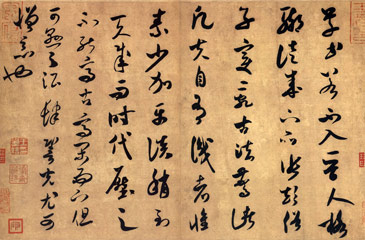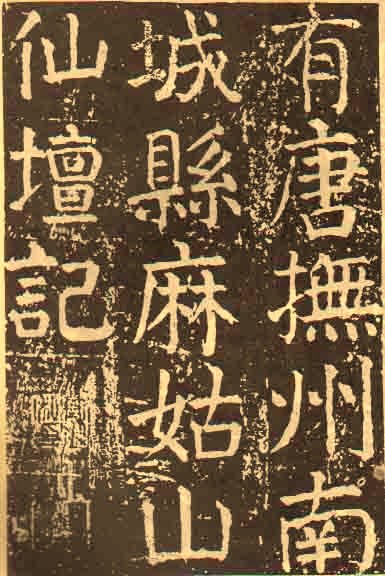Ancient Chinese Calligraphy is indeed a precious gift to the world of art and creativity. This oriental art is quite like a painting is unique to each artist. As people have different faces so do they have different handwritings; especially coz the way f holding the brush, moving it on a page and writing style of every individual will be quite different from the other.
Ancient Chinese Calligraphy conveys the innermost feelings of the artists to his/her readers. Be it emotions, culture or the esthetical feelings of an artist, this art form depicts it all. This art is found to be very rich in content and is stated to have been in use for thousands of years. The roots of Calligraphy origin can be traced back to ancient China.

Legends say that this art form was brought to life after a man called Cang Jie gave China its classic language. This event is stated to have occurred about 4,600 years from now in the reign of the Yellow Emperor. This tale, however, might not be very credible as it is merely a legend. However, archaeologists have found evidence that calligraphy might have started in China about 4, 500 years ago.
The primitive styles of this art form have been found on potteries and even oracle bones. In ancient China, sharp tools were used to inscribe on bones or pottery. The use of soft brushes came in much later and Chinese seem to have had a higher affinity for the so-called hard brush.
Famous Ancient Chinese Calligraphy
Wang Xizhi and Wang Xianzhi were a few of the famous calligraphers of the Jin Dynasty in ancient China. The art form reached a high point during the reign of the Tang Dynasty.

The basic requirements of Ancient China Calligraphy include a brush, paper, ink and ink stone. Writing technique revolves around your style of holding the brush and then using the same to write in different styles. The ancient Chinese way of practicing for a good handwriting was divided into three steps, namely mo, lin, and Xie.
The first step mo centered on tracing, i.e. holding the brush in the right way. The next step Lin was all about drawing a sketch of a model you focus upon. This had to be done with efficiency as mere copying the model never helps.
The third step came into after you had mastered the two other steps. Xie required one to draw from a given specimen on Paper. To be an expert in calligraphy is not an easy job but is pretty much achievable with determined practice and hard work.
